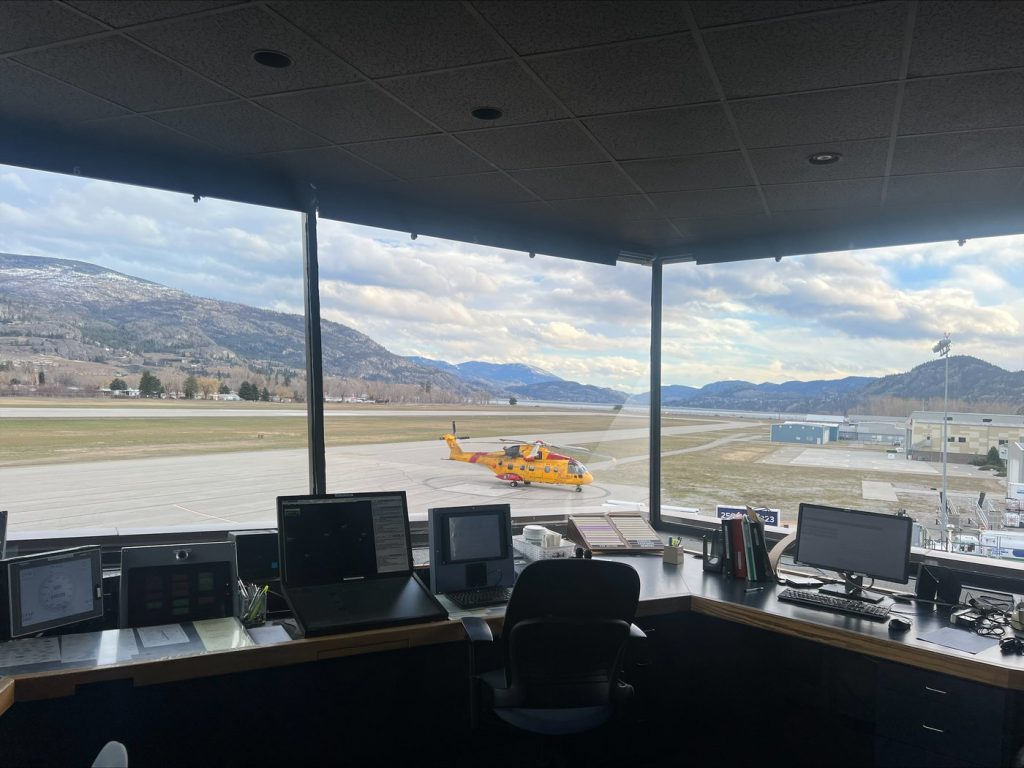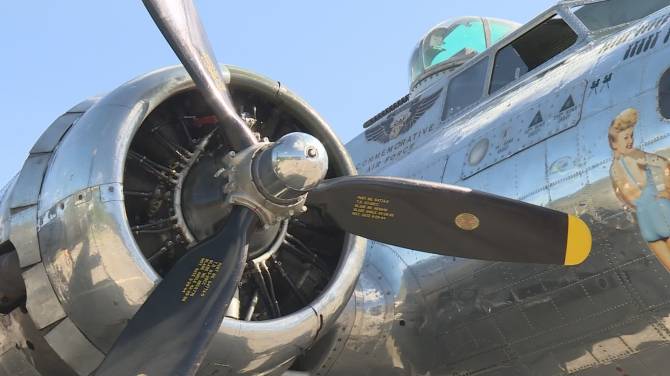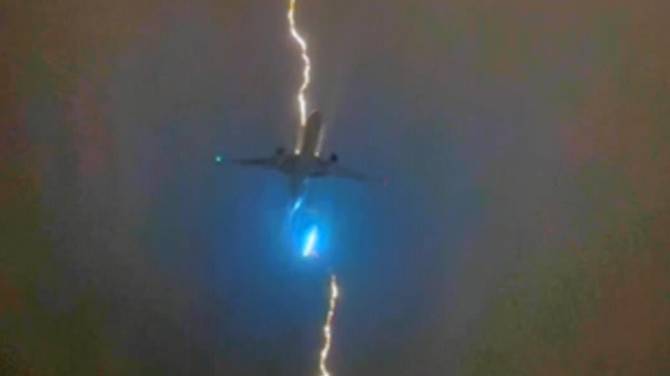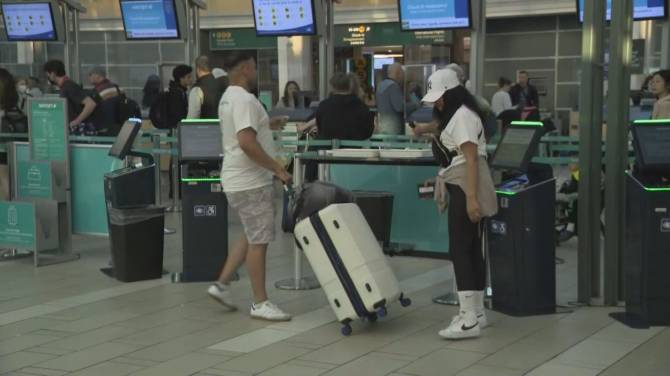All over the world, it is extremely important for pilots to navigate without getting confused.
For those who visit Penticton Regional Airport, it’s thanks to flight service specialists like Rianne Stanway that takeoffs and landings always go smoothly.
“Our training prepares us to respond to any situation,” Stanway said. “We have preventative procedures and regulations in place to ensure (wires don’t get crossed).
“Thankfully we haven’t had any really serious incidents or accidents happen around this airport in a long time.”
Penticton’s airport processes an overwhelming amount of data, but only a small portion will be relevant to each pilot.
“I think of it kind of as an art form,” she said. “It’s not hard to just spit out information, but it can be difficult to get the right information out there at the right time so that the pilot can make a proper decision.”
But human error is inevitable, and occasionally a student or tourist pilot will relay inaccurate data to the airport.
“Sometimes they get a little mixed up and we guide them as best we can,” said Stanway.
“Maybe they told you they were to the north, but they’re actually to the south, or you’re expecting them to be a little closer than they are, and that can kind of throw your whole plan off.
“And you have to improvise, work around that and be flexible.”
The job gets busier on days when special events are planned, like a visit from the Canadian Forces Snowbirds who have the airspace shut down. Or, when a portion of the runway opens to the public for an exhibition of historical aircraft.
Stanway remembers it was especially busy between August and September 2023, when the McDougall Creek wildfire in West Kelowna was raging out of control.
Many non-emergency aircraft were restricted from using the much-larger Kelowna International Airport, and had to be diverted to Penticton, resulting in weeks of heavy traffic.
In addition to wildfire season, air shows and regular traffic, the team is also responsible for coordinating traffic between two flight schools that operate out of the local airport.
“Penticton airspace can get quite busy and things happen fast and change quickly,” she said.
“The terrain in the valley and limitations of our technology can mean we are very reliant on pilot position reports when it comes to planning and helping manage traffic.”
While it’s an enormous amount of responsibility, Stanway never felt worried about making mistakes, thanks to NAV Canada’s strong training system.
In anticipation of International Women’s Day today, she reflected upon the role gender played in her career.
In most ways, Stanway appreciates how beneficial of a job it is for a woman — she hasn’t noticed any sexist barriers — and as a mother whose partner works different hours, it’s handy how flexible the schedule is.
“You’re starting with good leave allotments; paid maternity leave topped up. Benefits like that make it a little bit easier than some jobs.”
On the other hand, the training program requires months away from home, which could be challenging for women who have already started a family.
Taking a new job often involves moving to a different part of the country. And there are not a lot of chances for working part-time.
However, she commented, "I believe that not sufficient women consider this as a potential career choice."






